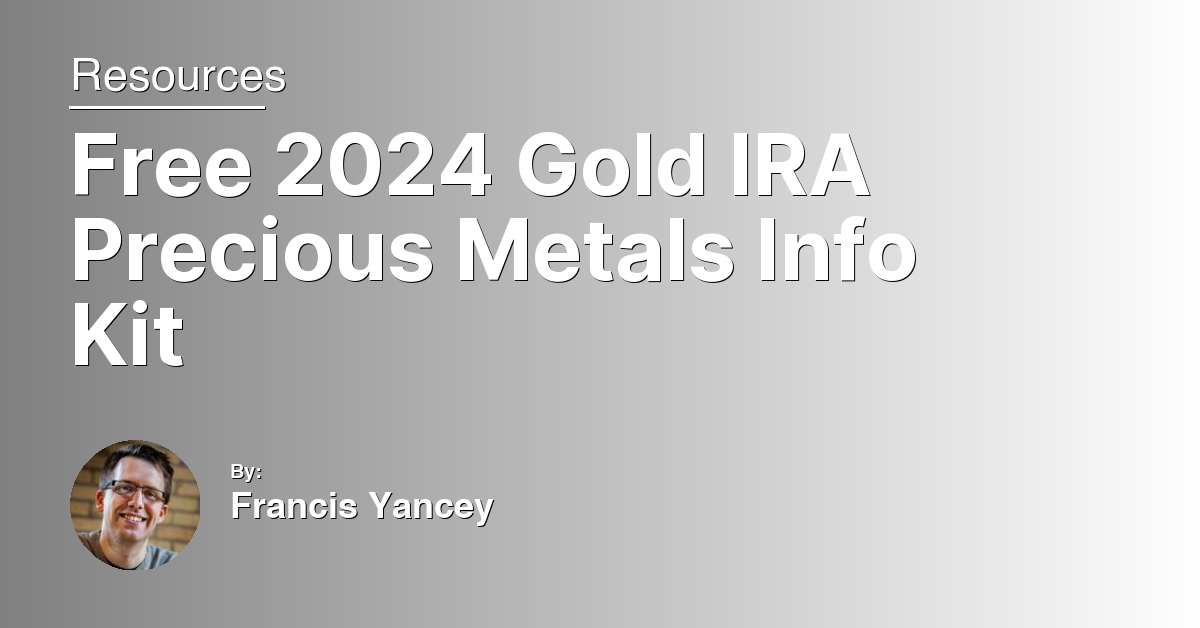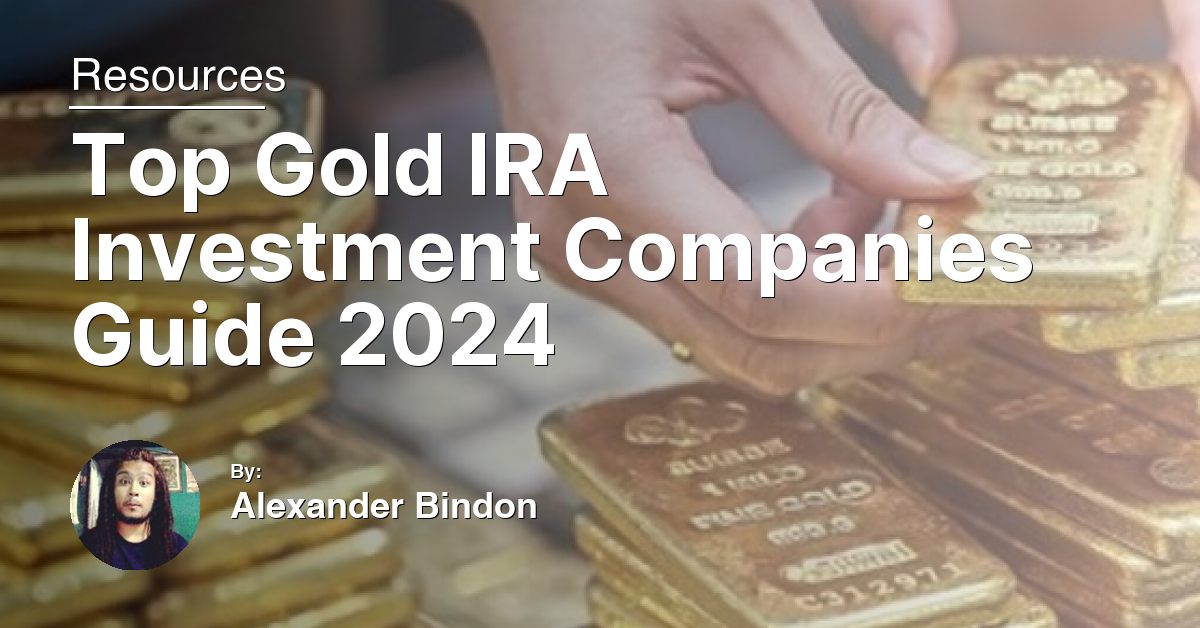In an ever-evolving financial landscape, diversifying your investment portfolio has never been more crucial. Our “Investing and Buying Gold Silver Precious Metals Guide 2024” offers a comprehensive exploration into the timeless value of gold, silver, and other precious metals. Whether you’re a seasoned investor looking to refine your strategy or a newcomer eager to navigate the complexities of the market, this guide illuminates the path to securing your wealth in the face of uncertainty. Join us on a journey to uncover the enduring allure of these invaluable assets and learn how they can fortify your financial future.
Digital Gold and Silver Investments: ETFs and Mining Stocks
Investing in digital gold and silver through ETFs (Exchange-Traded Funds) and mining stocks presents a modern approach to precious metals investment. ETFs offer a way to invest in gold and silver without physically holding the metals, providing liquidity and ease of trade similar to stocks. They track the price of the metal, less the fund’s expenses, allowing investors to gain exposure to price movements.
Mining stocks, on the other hand, represent shares in companies that explore, mine, and produce gold and silver. These stocks are influenced by the market dynamics of supply and demand, operational efficiency, and mining reserves, offering a leveraged investment option compared to the metal itself. However, they carry risks related to the company’s performance, geopolitical factors, and the cost of production.
Both ETFs and mining stocks enable diversification of an investment portfolio, potentially reducing risk while offering a chance for a favorable rate of return. They also allow investors to speculate on the future price of gold and silver without needing to deal with physical storage or insurance. Before investing, consider consulting a financial adviser to align these options with your investment strategy and risk tolerance.
Saving for Retirement: Gold and Silver IRAs
Saving for retirement involves considering various asset classes for a diversified portfolio. Gold and Silver IRAs offer a unique opportunity to invest in precious metals, which can act as a hedge against inflation and economic instability. Unlike traditional securities, the value of gold and silver often moves inversely to the stock market, providing a layer of protection during financial crises.
Investing in Gold and Silver IRAs involves purchasing physical bullion coins or bars, such as the American Gold Eagle or Krugerrand, through an IRS-approved custodian. This investment strategy not only diversifies your retirement portfolio but also offers potential tax advantages. The growth of these metals in your IRA is tax-deferred, and in some cases, tax-free, depending on the type of IRA you choose.
It’s important to work with reputable dealers and custodians, such as Interactive Brokers or TradeStation, to ensure the safety and legitimacy of your investment. These firms can also provide valuable advice on market trends, helping you make informed decisions about when to buy or sell.
Navigating the Market: When and Why to Buy Physical Metals
Navigating the market for when and why to buy physical metals hinges on understanding market dynamics and your financial goals. Buying during periods of low interest rates can be advantageous, as metals like gold and silver often retain their value better than fiat money. Consider purchasing when the securities market shows signs of volatility or during economic uncertainty, as precious metals can act as a hedge against inflation and currency devaluation.
Diversification is key in any investment strategy. Including physical metals in your portfolio can reduce risk and potentially increase the rate of return. Metals like gold and silver, available in forms such as the American Gold Eagle coin or gold bars, provide a tangible asset that diversifies your investments beyond stocks, bonds, and cryptocurrencies.
Opening an Investment Account: Brokerage and IRA Essentials
To start investing in gold, silver, and other precious metals, opening an investment account is a critical first step. You have two primary options: a Brokerage Account and an Individual Retirement Account (IRA) tailored for precious metals. Brokerage accounts, offered by firms like Interactive Brokers and Morgan Stanley, provide access to the securities market, including commodities like gold and silver. This option allows for diversification, trading in futures contracts, and investing in gold-related companies.
An IRA for precious metals, on the other hand, offers a more focused investment with tax advantages. It permits buying physical gold, such as coins or bullion, including the Krugerrand or gold bars certified by the United States Mint. This option is ideal for those looking at precious metals as a long-term hedge against inflation and economic volatility.
Both account types come with specific fees, policies, and investment minimums. It’s crucial to consult with a financial adviser to understand the implications of diversification, the impact of interest rates and exchange rates, and the potential for profit in the context of your overall portfolio.
The Importance of Stability and Protection in Your Portfolio
In the ever-fluctuating world of finance, the importance of stability and protection in your portfolio cannot be overstressed. Precious metals like gold and silver offer a unique blend of security and profit potential. By serving as a hedge against inflation and currency devaluation, these commodities safeguard your investments against the unpredictable movements of fiat money and the stock market.
Diversification is key in wealth management, and integrating precious metals into your portfolio achieves this by reducing risk. Unlike stocks and bonds, gold and silver are tangible assets with intrinsic value, immune to bankruptcy or technological changes that can obliterate digital investments like cryptocurrencies. Furthermore, precious metals have historically maintained their value over time, providing a safe haven during financial crises and periods of high volatility in the market.
Investing in gold and silver can take various forms, from purchasing physical bullion coins or bars to exploring futures contracts and ETFs. Each option comes with its own considerations, such as storage and insurance for physical assets, or the understanding of the market for paper gold and silver investments. Engaging with reputable dealers, such as the United States Mint for coins or established platforms like TradeStation for trading, ensures the legitimacy and security of your investments.
Understanding Supply, Demand, and Performance of Precious Metals
Understanding the supply and demand dynamics of precious metals is crucial for any investor considering diversification into gold, silver, and other valuable commodities. These metals are influenced by various factors such as geopolitical stability, inflation rates, and technological advancements affecting their performance and value.
The performance of gold and silver, often seen as safe-haven assets, tends to inversely correlate with interest rates. When rates are low, the opportunity cost of holding non-yielding assets like gold decreases, making them more attractive to investors. Conversely, high interest rates can lead to lower demand for precious metals, affecting their prices negatively.
Investors often turn to gold and silver during financial crises or periods of high market volatility as a hedge against inflation and currency devaluation. The demand for physical forms of these metals, like gold bars, bullion coins, or jewellery, increases, pushing prices up. However, it’s essential to understand that investing in precious metals can involve additional costs, such as storage fees or premiums over the spot price, especially when purchasing physical gold or silver.
The supply of these metals is also a critical factor, with mining production, recycling, and technological change influencing availability. For instance, advancements in mining technology can increase supply, potentially lowering prices. On the other hand, economic interventionism, such as policies or regulations that affect mining operations, can decrease supply, driving prices higher.
Investing in precious metals can offer benefits like portfolio diversification and protection against inflation.
FAQs
Are gold and silver good investments?
Gold and silver can be good investments, with silver potentially offering more upside potential for smaller investments due to its industrial uses, while gold may be a better choice for larger investments because of its scarcity and potential for higher gains.
How to invest in gold and silver for beginners?
Investing in gold and silver for beginners can be done through exchange-traded funds (ETFs). Gold and silver ETFs operate like regular stocks through a stock brokerage, making it an accessible option for those new to investing in precious metals.
How much gold and silver should you own?
You should own an average allocation of 5-10% in gold and silver, according to many analysts. However, your ideal allocation may vary based on your individual risk appetite and long-term goals.

